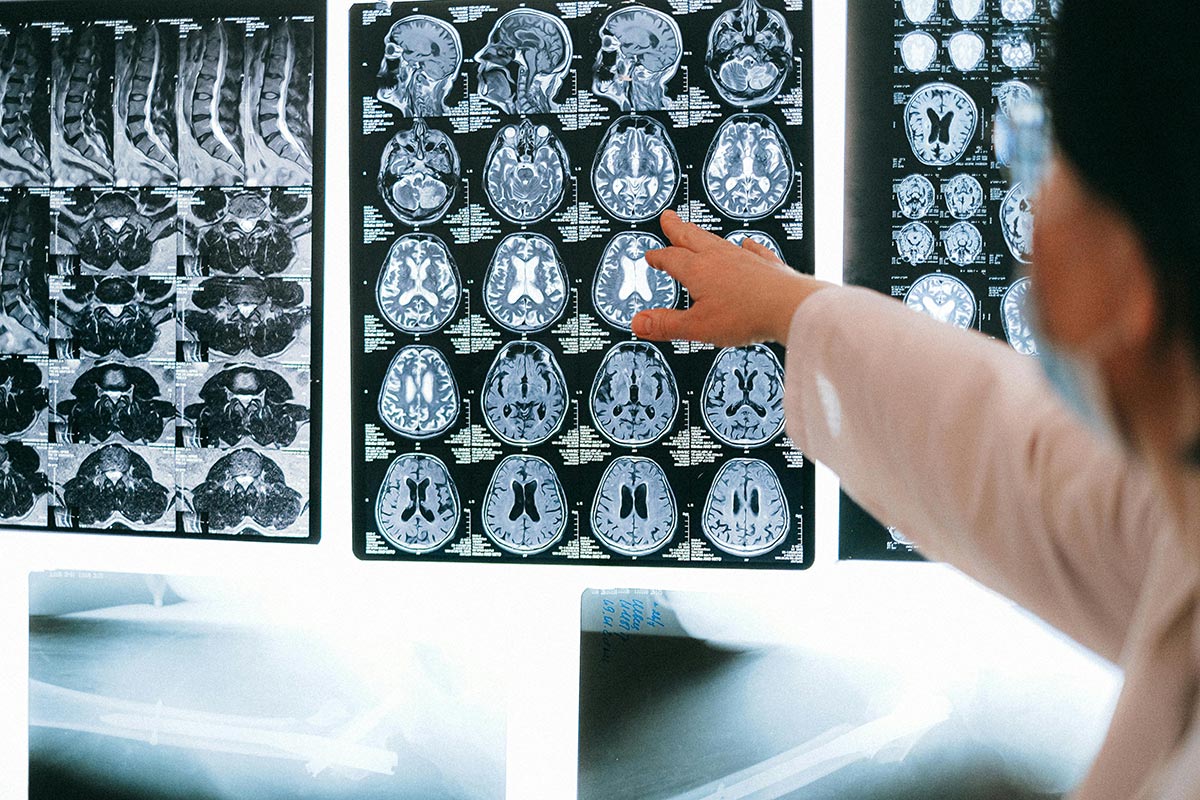

Understanding Marijuana Addiction
Overview of Marijuana Use
Marijuana is the most widely used drug in America and is increasingly popular worldwide. The main psychoactive component in marijuana is THC (delta-9-tetrahydrocannabinol), which alters perception and mood. The rising acceptability of marijuana in society has contributed significantly to its expanded usage. In 2019, nearly 48 million individuals in the United States reported using cannabis within the past year, with approximately 3.5 million initiating use for the first time that year [1].
The trends reveal that while marijuana can be used recreationally, chronic and frequent use can lead to physical dependence. Withdrawal symptoms can occur shortly after discontinuation of use, peaking within the first week and lasting up to two weeks. Symptoms may include irritability, mood swings, sleep disturbances, decreased appetite, restlessness, and cravings.
Marijuana Addiction Statistics
Statistics show that a significant portion of marijuana users may develop cannabis use disorder. Estimates indicate that approximately 22% to 30% of individuals who use cannabis may experience this condition. The severity of cannabis use disorder is categorized as mild, moderate, or severe, depending on the number of symptoms present over a 12-month period [3].
The following table highlights key statistics related to marijuana addiction:
StatisticValueEstimated users in the U.S. (2019)48 millionFirst-time users in 20193.5 millionPercentage likely to develop cannabis use disorder22% - 30%
The implications of marijuana addiction extend beyond individual health; it affects relationships, employment, and overall quality of life. For more information on other substance-related issues, consider exploring additional resources such as drug-related crime statistics & facts and hospital statistics & facts. Understanding these marijuana addiction statistics & facts is crucial in addressing the broader societal implications of marijuana use.
Trends and Patterns

Youth Marijuana Use Trends
Youth marijuana use has become a prominent area of concern. According to data, daily marijuana usage surpassed daily cigarette consumption among 8th, 10th, and 12th graders in 2017. This shift marks a significant trend in how young individuals engage with substances.
Grade LevelDaily Marijuana UseDaily Cigarette Use8th GradeX%X%10th GradeX%X%12th GradeX%X%
Concerns have risen regarding marijuana exposure at younger ages, which could potentially lead to future substance abuse issues among these youths. While marijuana usage has decreased among adolescents in recent years, disparities across racial and ethnic groups highlight variations in these trends.
Racial Disparities in Marijuana Use
Research indicates notable racial disparities in marijuana consumption. Reports have shown that Black and multiracial students have exhibited increasing marijuana use patterns, particularly in regions influenced by specific state-level regulations.
Moreover, data suggest that African American/Black individuals demonstrate higher rates of cannabis use compared to their White counterparts, especially among adolescents and young adults [1]. Addressing these disparities is critical for understanding marijuana addiction statistics & facts and developing effective interventions.
The interplay of race and marijuana use trends signifies the need for tailored approaches when discussing preventive measures and treatment options. Awareness of these patterns can inform public health strategies and efforts targeting at-risk populations. For further insights into addiction-related statistics, refer to drug-related crime statistics & facts and how many addiction treatment centers are in the u.s?.
Risks and Consequences

Health Effects of Marijuana Use
Marijuana is the most commonly used illicit drug in the United States. Its consumption can lead to a variety of health risks. Overall, marijuana use is linked to various health issues, including respiratory problems and mental health conditions. Users may experience increased heart rates and respiratory complications. Prolonged use can also lead to neurobehavioral issues in newborns if consumed during pregnancy and can negatively affect brain development in heavy users.
Health EffectsDescriptionRespiratory ProblemsIncreased risk of chronic bronchitis and lung infections.Mental Health RisksPotential for psychosis or exacerbation of schizophrenia.Cardiovascular IssuesIncreased heart rate and potential complications for those with heart conditions.Neurodevelopmental EffectsNegative impact on fetal brain development when used during pregnancy.
Chronic and frequent marijuana use can lead to physical dependence. Withdrawal symptoms can occur when a user stops consuming marijuana, typically peaking within the first week and potentially lasting for up to two weeks. Symptoms may include irritability, mood swings, sleep disturbances, decreased appetite, restlessness, and cravings [2].
Impact on Daily Life
Marijuana use can significantly affect multiple aspects of an individual's daily life. Compulsive usage may lead to a marijuana use disorder, as defined by the Diagnostic and Statistical Manual, 5th edition (DSM-5). Individuals struggling with this disorder may experience a range of symptoms, including cravings, an inability to cut down on usage, neglect of major responsibilities, and continued use despite adverse consequences.
Daily Life ImpactsExamplesNeglect of ResponsibilitiesFailing to fulfill obligations at work or school.Relationship StrainConflicts and issues with family and friends due to marijuana use.Financial ConsequencesSpending money on marijuana instead of essential needs.Legal IssuesPotential legal problems associated with marijuana possession and use.
The risks associated with marijuana addiction are considerable and encompass both physical and psychological health, as well as significant effects on a person's overall quality of life. For more comprehensive insights on addiction statistics, visit our section on drug-related crime statistics & facts.
Treatment and Interventions
Addressing marijuana addiction requires a comprehensive approach to ensure effective treatment. Two key components of this approach are behavioral treatments for cannabis use disorder and individualized treatment strategies.
Behavioral Treatments for Cannabis Use Disorder
Research has identified several effective behavioral treatments for adults facing cannabis use disorder. These interventions focus on modifying harmful behaviors and improving coping mechanisms. One highly regarded method is Cognitive Behavioral Therapy (CBT), which has shown significant effectiveness for youths dealing with cannabis use disorder or other substance-related issues. CBT can be conducted within individual or group settings, allowing for flexibility based on personal preference and circumstances [7].
Other promising behavioral strategies include motivational incentives, which encourage positive behavior changes by offering rewards for achieving treatment milestones. Behavioral interventions, including CBT and motivational incentives, have been instrumental in treatment and rehabilitation for marijuana addiction. Though no medications are specifically approved for this addiction, ongoing research into the endocannabinoid system holds potential for developing drugs to alleviate withdrawal symptoms and block the drug's intoxicating effects.
Treatment MethodDescriptionTarget GroupCognitive Behavioral Therapy (CBT)Focuses on changing negative thought patterns and behaviors; can be individual or group-based.Youths and adultsMotivational IncentivesOffers rewards for maintaining sobriety or achieving treatment goals.General cannabis users
Individualized Treatment Approaches
Effective treatment for cannabis use disorder must be tailored to meet the unique needs of each individual. This may include considerations for factors such as age, race, gender, culture, sexual orientation, and socioeconomic status. Understanding these aspects helps healthcare professionals develop a more comprehensive treatment plan that addresses specific challenges faced by the individual [7].
Acknowledging the diverse background of each user emphasizes the importance of personalized care in achieving successful outcomes. Tailoring treatment approaches not only fosters an inclusive environment but also enhances engagement and retention in the recovery process.
For broader insights into addiction treatment, including statistics on how many addiction treatment centers are in the U.S. and the implications of related disorders, consider exploring additional resources including statistics on drug-related crime and hospital usage related to addiction.
Long-Term Effects
Physical and Mental Health Implications
Long-term misuse of cannabis can lead to various adverse effects on both physical and mental health. Chronic use of marijuana, particularly products high in THC, is associated with the development of cannabis use disorder. Studies estimate that 22% to 30% of cannabis users may experience this disorder, influenced by factors such as the frequency of use, family history of drug use, and the duration of cannabis use.
The health effects of prolonged use can include:
Impact TypeImplicationsCognitive FunctionImpaired memory, concentration, and learning skillsMental HealthIncreased risk of anxiety and depressionBehavioral ChangesCompulsive behavior and neglect of responsibilities
Seeking comprehensive treatment for cannabis addiction is essential to prevent further deterioration of health. Early intervention can help mitigate some of these risks and support recovery [8].
Withdrawal Symptoms and Dependence
Withdrawal symptoms can occur when individuals stop or significantly reduce their cannabis use after prolonged or heavy consumption. Approximately 12.1% of frequent cannabis users experience withdrawal symptoms, which may manifest as:
These symptoms can complicate the recovery process, emphasizing the significance of professional assistance when addressing cannabis use disorder.
Marijuana use disorder may also lead to impairment in various aspects of life, which healthcare professionals assess using the diagnostic criteria outlined in the Diagnostic and Statistical Manual, 5th edition (DSM-5). Symptoms of this disorder can include cravings, inability to control use, and continued use despite negative consequences [2]. Understanding these long-term implications is critical for individuals and families affected by cannabis addiction.
Global Impact
Cannabis Consumption Worldwide
Cannabis is the most widely cultivated, trafficked, and abused illicit drug globally, with about 147 million people, or 2.5% of the world population, consuming it annually. This consumption rate significantly surpasses that of cocaine and opiates, which both stand at approximately 0.2%.
The distribution of cannabis consumption showcases interesting patterns across various demographics. Specifically, cannabis has become closely linked to youth culture, often presenting a lower age of initiation compared to other illicit substances. The relationship between price and consumption indicates that lower prices coincide with higher levels of abuse, and vice versa. Although the total number of cannabis users surpasses those of cocaine and opiate users, the relatively low prices of cannabis result in a smaller economic market when compared to these other drugs.
SubstanceAnnual PrevalenceCannabis2.5%Cocaine0.2%Opiates0.2%
Therapeutic Uses and Research
Cannabinoids have been the subject of various studies demonstrating their therapeutic effects. Controlled studies have shown that cannabinoids can alleviate nausea and vomiting in advanced stages of diseases such as cancer and AIDS. Dronabinol, which is tetrahydrocannabinol (THC), has been prescribed in the USA for over a decade.
Current research continues to explore additional therapeutic applications, including treating conditions such as asthma and glaucoma, acting as antidepressants, stimulating appetite, and providing anticonvulsant and anti-spasmodic benefits. However, further investigation into the neuropharmacology of THC and other cannabinoids is necessary to improve therapeutic agents' effectiveness.
Overall, cannabis is not only recognized for its recreational use but is increasingly acknowledged for its potential medical benefits, reflecting a growing interest in balancing its use within both therapeutic and recreational contexts. For more detailed insights, visit our section on drug-related crime statistics & facts.
References
[2]:
[3]:
[4]:
[5]:
[6]:
[7]:
[8]:
[9]:
.svg)





